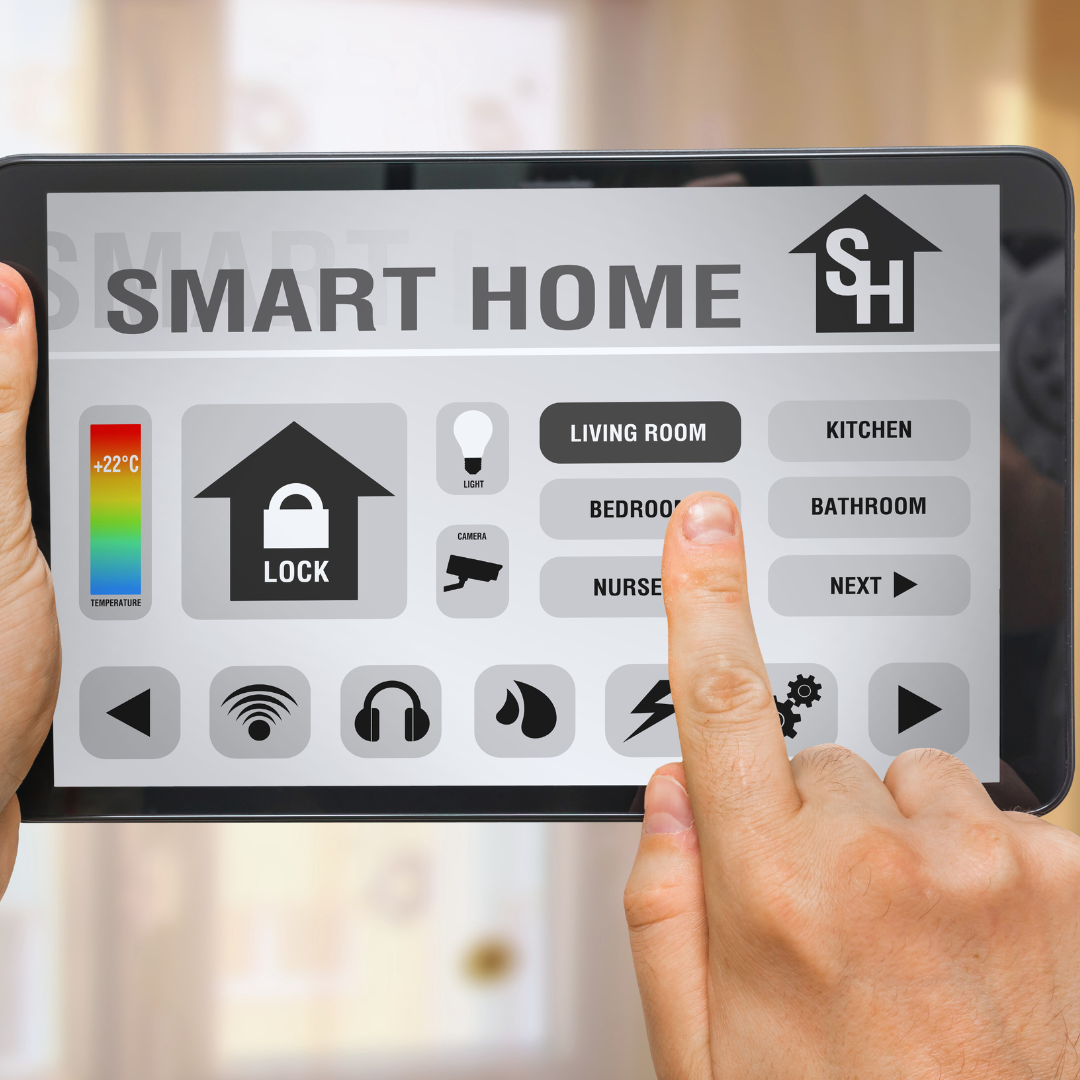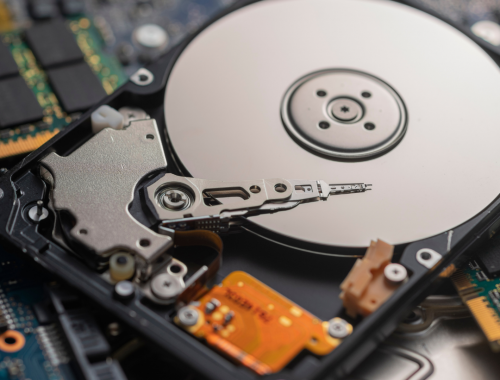
The Future of AI in Home Automation and Smart Homes: Transforming Daily Living with Intelligent Solutions
The integration of artificial intelligence in home automation is set to revolutionize our living spaces. As AI continues to advance, homeowners will experience unprecedented levels of convenience, efficiency, and security in smart homes. From intelligent lighting systems to AI-driven climate control, these technologies offer seamless automation that adapts to individual preferences and routines.
Smart homes leverage AI to analyze user behavior, enabling devices to respond intuitively. For instance, thermostats can learn a homeowner’s schedule, optimizing energy usage while ensuring comfort. This tailored approach not only enhances daily living but also contributes to energy efficiency and cost savings.
The future of AI in home automation holds exciting possibilities, such as enhanced voice recognition and improved interoperability among devices. With continued advancements in technology, homeowners can look forward to a more connected and automated living environment that simplifies life through smart solutions.
Core Advancements in AI-Powered Home Automation
Recent developments have significantly shaped AI’s role in home automation. Key advancements include the integration of artificial intelligence with the Internet of Things, enhancements in voice command technology, machine learning for predictive maintenance, and improved interoperability of smart home systems. Each area contributes to creating more intelligent and efficient home environments.
Integration of Artificial Intelligence With Internet of Things
Artificial intelligence enhances the functionality of Internet of Things (IoT) devices. By leveraging AI, connected devices can analyze data in real-time, making them more responsive to user needs.
For instance, a smart thermostat can learn from user behavior patterns and adjust temperatures accordingly. It communicates with other smart devices, optimizing energy use and improving comfort levels throughout the home.
The combination of AI and IoT enables predictive analytics, allowing systems to anticipate user requirements. This synergy leads to proactive adjustments, enhancing overall home efficiency.
Voice Commands and Natural Language Processing in Smart Devices
Voice commands have transformed user interaction with smart devices. Advances in natural language processing (NLP) allow devices to understand and execute commands more effectively.
Users can control lights, thermostats, and appliances through simple voice requests, eliminating the need for manual operation. This functionality makes smart homes more accessible, particularly for individuals with mobility challenges.
Companies continue to refine their voice recognition systems, resulting in improved accuracy and responsiveness. As language models evolve, the ability for devices to interpret context and nuance enhances user experience significantly.
Machine Learning for Predictive Maintenance and Personalized Automation
Machine learning (ML) plays a crucial role in predictive maintenance within smart homes. By analyzing usage data, systems identify patterns that indicate potential malfunctions.
For example, a smart washing machine may alert the user before a component fails, reducing downtime and repair costs. This predictive capability allows homeowners to act before issues escalate, promoting seamless operation.
Furthermore, machine learning facilitates personalized automation. Systems adapt to individual preferences over time, optimizing daily routines through customized settings that reflect the user’s habits and lifestyle.
Enhanced Interoperability of Smart Home Systems
Interoperability is critical for maximizing the effectiveness of smart home ecosystems. Effective communication between various devices, regardless of the manufacturer, is vital.
Enhanced interoperability ensures that smart devices work together seamlessly. An integrated system allows for coordinated actions, such as turning off lights when the security system activates.
As the smart home industry evolves, standard protocols and frameworks are emerging. This development reduces compatibility issues, fostering a more cohesive experience for users. The result is an efficient, multi-device environment that enhances overall home automation functionality.
Impact on Security, Privacy, and Health Monitoring
The integration of AI in home automation significantly enhances security and health monitoring capabilities. As smart homes evolve, so do the concerns surrounding privacy and data protection. The following subsections delve into advancements in security systems and health monitoring technologies.
Smart Security Systems and Advanced Security Measures
AI-driven smart security systems use a combination of cameras and sensors to provide real-time surveillance and threat detection. These systems can analyze video feeds, identify unusual activities, and send alerts to homeowners or authorities. Common features include remote monitoring via smartphones and integration with other smart home devices.
Advanced security measures incorporate machine learning algorithms to improve detection rates. They can differentiate between normal and suspicious behaviors, reducing false alarms. With ongoing innovations, these systems are becoming more reliable and user-friendly, allowing homeowners to enhance their property’s safety effectively.
Facial Recognition and Smart Locks
Facial recognition technology plays a crucial role in modern smart locks. These devices can identify authorized users and grant access without the need for keys or codes. This convenience is coupled with enhanced security, as smart locks often include features like automatic locking and notifications of unauthorized access attempts.
While effective, facial recognition systems can raise privacy concerns. Proper encryption and data management practices are essential to prevent data breaches. Homeowners should evaluate the manufacturer’s privacy policies to ensure their data is securely handled and used solely for intended purposes.
Health Monitoring Through Smart Gadgets and Sensors
Smart gadgets and sensors significantly enhance health monitoring in smart homes. Devices like wearables and smart health monitors track metrics such as heart rate, sleep patterns, and physical activity. This data can be relayed to healthcare providers for timely intervention if any issues arise.
These systems often incorporate AI algorithms to analyze health trends and notify users of potential health risks. However, as with security systems, the handling of sensitive health data is critical. Users should prioritize devices that encrypt personal information and adhere to privacy regulations to mitigate risks.
Efficiency, Sustainability, and Quality of Life Improvements
Smart home technologies significantly enhance efficiency and sustainability, leading to a better quality of life. The following subsections explore how various smart systems contribute to energy management, convenience, and waste reduction.
Energy Management and Energy Savings With Smart Thermostats
Smart thermostats play a crucial role in energy management. They adjust heating and cooling based on occupancy and preferences, leading to reduced energy consumption. By learning user patterns, these devices optimize schedules to minimize energy use during unoccupied hours.
Potential energy savings can reach up to 30% annually, translating into substantial cost reductions. Moreover, some models provide insights into energy usage, enabling users to make informed decisions. The integration with other smart devices enhances overall home efficiency.
Smart Lighting and Climate Control for Sustainability
Smart lighting systems enhance energy efficiency through programmable schedules and motion sensors. These features ensure lights operate only when needed, reducing unnecessary energy consumption. LED technology in smart bulbs offers additional savings by using significantly less energy than traditional bulbs.
Moreover, smart climate control systems maintain optimal indoor conditions while minimizing energy waste. By adjusting settings based on real-time data, these systems contribute to a more sustainable home environment. Both technologies support eco-friendly practices while improving resident comfort.
Convenience and Lifestyle Enhancements
Smart home technologies offer significant convenience, greatly enhancing daily life. Features like voice-activated assistants facilitate easy control of lighting, temperature, and appliances. This level of automation simplifies tasks, allowing users to focus on other priorities.
Additionally, smart appliances, such as refrigerators and ovens, can optimize energy use while offering innovative features. For instance, smart refrigerators provide alerts for expired items, promoting efficient food management. This convenience supports a more organized and efficient lifestyle.
Waste Management and Innovative Kitchen Appliances
Innovative kitchen appliances play a pivotal role in sustainable waste management. Smart trash cans can sort recyclables from general waste, streamlining recycling efforts. This sorting encourages better waste habits and reduces landfill contributions.
Moreover, smart appliances, like composters, efficiently manage organic waste, turning it into nutrient-rich compost. By simplifying waste separation and management, these technologies promote environmentally friendly practices. Kitchen automation not only reduces waste but also contributes to a more sustainable household.
Emerging Trends and the Future of Smart Homes
Innovation in smart home technology continues to reshape living environments. Emerging gadgets aim to enhance efficiency and comfort while increasing automation capabilities. The following trends illustrate the direction of home automation and smart home ecosystems.
Robotic Vacuum Cleaners, Air Purifiers, and Evolving Smart Home Gadgets
Robotic vacuum cleaners have transitioned from novelty items to essential household tools. Modern versions feature advanced navigation and scheduling capabilities, allowing for efficient cleaning patterns. Many models integrate with smartphones and smart speakers, enabling remote control and automation.
Air purifiers are also evolving, with smart devices that monitor air quality and adjust settings accordingly. These purifiers offer real-time updates, alerting users to spikes in pollutants. Gadgets such as smart light bulbs, thermostats, and energy monitors round out this evolving ecosystem, contributing to energy savings and enhanced comfort.
Role of Virtual Reality and Location-Based Automation
Virtual reality (VR) has begun influencing smart home design and management. Users can interact with their home environments through immersive VR applications, allowing for intuitive control of systems. This technology enables users to visualize home layouts and troubleshoot issues before making physical changes.
Location-based automation enhances user convenience by leveraging geofencing technology. Smart homes can recognize when occupants are approaching and automatically adjust settings, such as lighting and temperature. This personalization fosters a more seamless living experience, adapting to individual preferences and routines.
Future Trends in Home Automation Systems and Industry Outlook
The future of home automation systems lies in increased interconnectivity and integration. As artificial intelligence continues to advance, homes will become more adaptive, learning user behaviors to optimize functionality. Voice-activated control and machine learning will create highly personalized experiences.
Additionally, the smart home industry is shifting towards sustainable and energy-efficient products. Developers are focusing on creating devices that not only integrate with existing systems but also promote energy-saving practices. As consumer demand for sustainability grows, manufacturers will likely prioritize eco-friendly technologies in their smart home solutions.
You May Also Like

Best External Hard Drive Docks
October 15, 2021
Etiquette and Dog Park Rules for Your Dog
July 28, 2022


